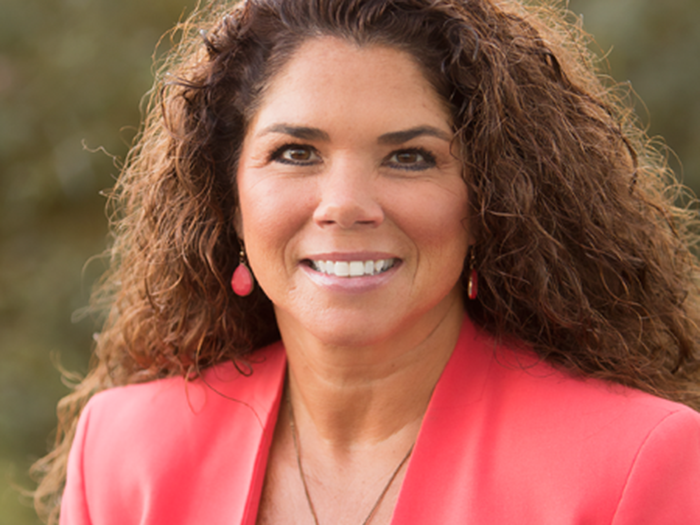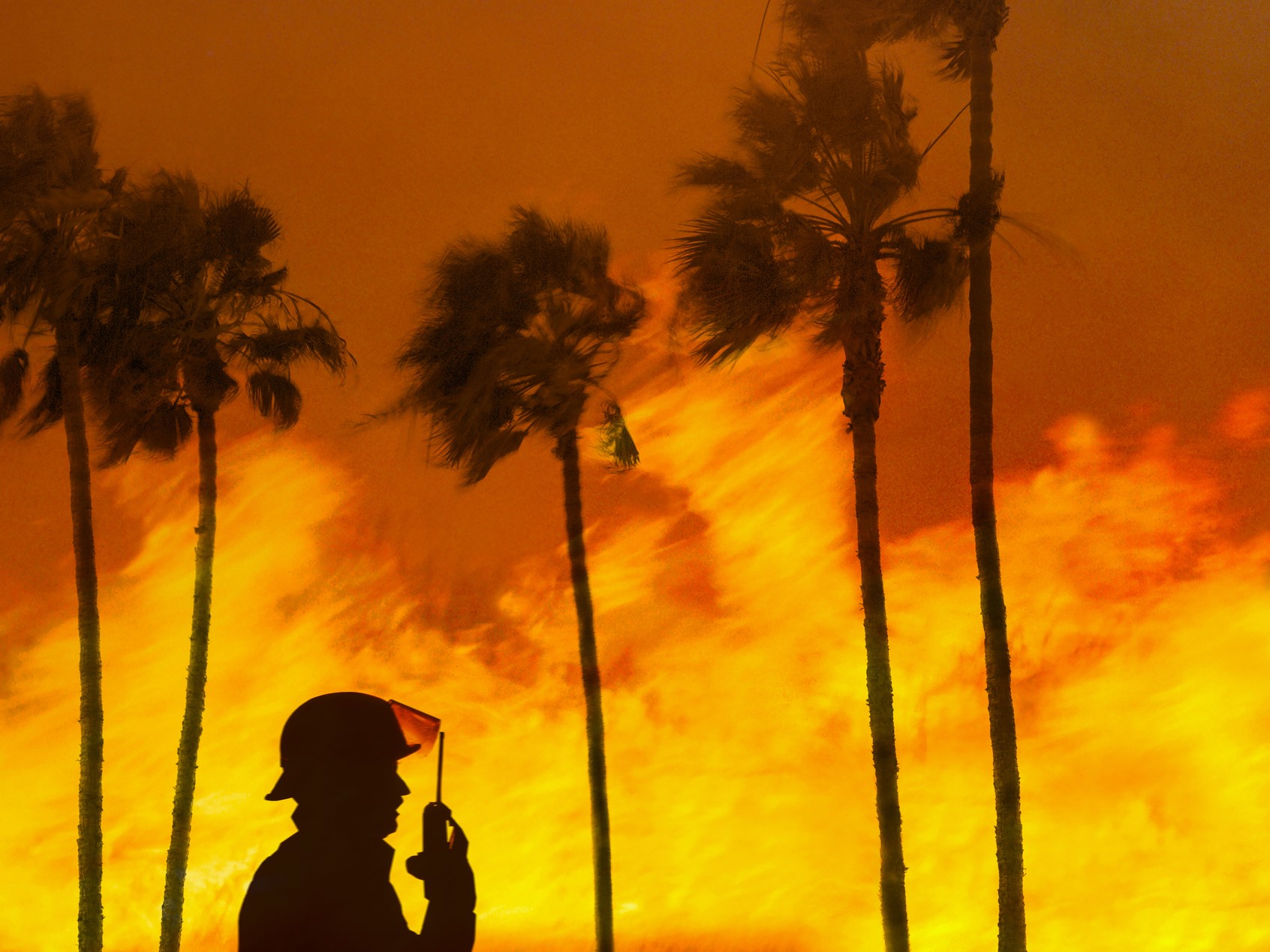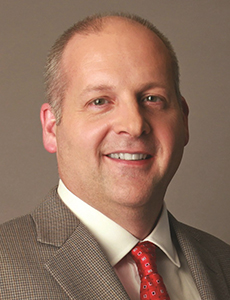How Insurers Are Underwriting Higher Education During the Worst Financial Crisis It’s Ever Faced
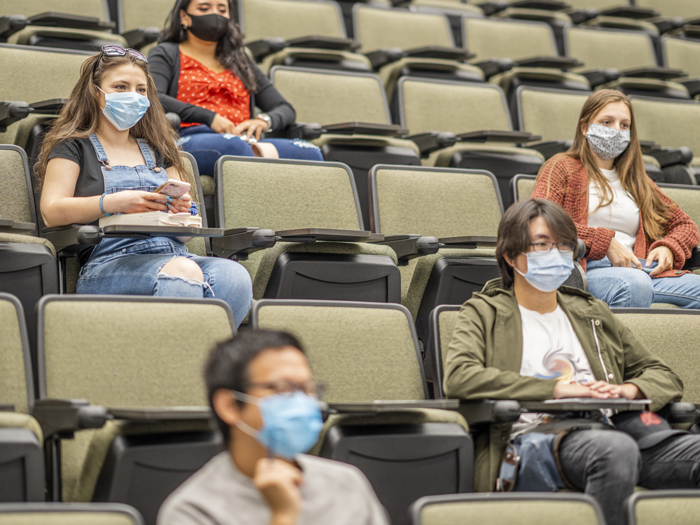
The hardening insurance market in the U.S. is expected to continue into 2021, generating hardships for insurers and policyholders alike.
For higher education, that can mean tightening for several lines.
“We expect to see another challenging market for higher education institutions in 2021,” said Paul D. Pousson, ARM, DRM, area executive vice president and managing director of higher education at Gallagher.
“Specifically,” he continued, “we believe that property, excess liability, directors & officers/educators legal liability and cyber lines of coverage will be under increased underwriting pressure subject to double-digit premium increases, coverage restrictions and limited underwriting capacity.”
Risks Abound for Higher Ed
In addition to the hard market, higher education is facing its own unique challenges, from recent high-dollar jury settlements for sexual assault and misconduct involving students, coaches and faculty plaguing many institutions to concerns about campus safety, health, security and reopening plans amid COVID-19.
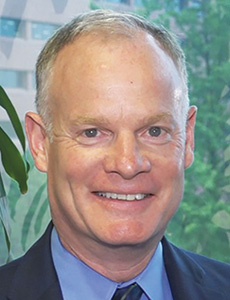
Michael Flood, vice president of underwriting, accident and health, Philadelphia Insurance Companies
Political and government protests and demonstrations are happening across the U.S. related to the presidential election and the Black Lives Matter movement, including on campuses or off-campus, with many involving students.
Sports-related injuries are frequently in the news these days, and student athletes may be at risk for traumatic brain injuries that can present symptoms long after the initial injury happened. That long period of latency is difficult for insurers to predict and underwrite.
Where Cyber Stands
A key emerging issue this year is concerns with cyber security related to the surge in online learning following COVID.
Schools had to pivot their learning offerings and be available to offer online learning in a secure way to students in order to continue to be successful during mandatory shutdowns and other social distance and safety requirements.
In relation to cyber security and the issue of renewals, Pousson said, “Insurers are using external vulnerability scans of distance learning environments, asking targeted questions about remote user/student/employee cyber security training, and reconsidering providing broad coverage for ransomware threats. The future is more focused underwriting, more questions and a presumption that an institution is vulnerable to a severe cyber loss until the institution’s information security professionals can prove otherwise.”
Another point raised by the increasing prevalence of online learning is how new virtual activities will be handled.
Institutions may see a change or decline in their sports programs as in-person events and athletic meets decline or outright stop, which means their coverage also needs to change. At the same time, institutions may see an increase in virtual programs or events that may require their own specific mention in the policy.
“Prior to COVID-19, small- to mid-size private colleges and universities were very focused on containing costs. COVID-19 has forced these institutions to place even more emphasis on cost-containment while also finding creative solutions to expand virtual learning opportunities,” said Michael Flood, vice president of underwriting, accident and health at Philadelphia Insurance.
Flood’s team, he said, is working to help institutions reduce costs through their intercollege sports accident insurance offerings. The Philadelphia team is also extending coverage to virtual activities.
Alternative Solutions Sought by Higher Education Institutions
Pressures continue to mount on higher ed institutions, but there are steps they can take to work with insurers to manage risks.
“There are actions higher ed institutions can take to better enhance their insurability, potentially resulting in better terms,” said Robert Groff, assistant vice president of underwriting at Philadelphia Insurance.
“This would include an increased focus on risk management including enhanced training for coaches and students when it comes to traumatic brain injury exposure, strong protocols related to COVID-19, best practices for virtual learning and strong HR policies and procedures to help mitigate EPL (employment practice liability) claims,” he said. “The best-in-class schools with superior controls and excellent risk management are going to command better terms than their counterparts who are not as strong in these areas.”
Considering increasing premiums and reduced coverage, insurers and institutions are looking for alternative ways to manage risks.
One solution to rising insurance costs many higher education institutions have found is risk pooling with other colleges and universities that share similar risks. In Florida, for example, 27 colleges and universities have formed the Florida College System Risk Management Consortium to help place coverage for the usual risks institutions face as well as the more specialized Florida hurricane risk factor.
Risk Retention Groups (RRGs) may become more prevalent as a solution for higher education institutions, as well.

Robert Groff, assistant vice president of underwriting, Philadelphia Insurance Companies
United Educators, an RRG domiciled in Vermont, is an example of the gold standard of RRGs, and we may see more universities and colleges follow UE’s example as they struggle to find the best insurance placement for their risk management needs in a post-COVID world.
Whether coverage is secured traditionally or through RRG or risk pool, institutions must focus on remaining active risk management participants. They need to follow CDC guidelines for COVID reopening, for example, and reduce risks as much as possible.
Parametric cover may become more attractive to higher education institutions as a way to manage some types of risks, such as catastrophic weather events. Parametric coverage is different from traditional insurance in that a set payment is issued based on the event occurrence itself, not based on damages incurred by the policyholder.
For example, if an institution carried earthquake parametric insurance, and an earthquake occurred within the policy period, the institution could receive payment under the parametric policy even without sustaining any direct property damage from the event. This could become a more attractive option to some institutions, particularly in catastrophe-prone areas.
Higher deductibles and self-insured retentions have long been traditional cost-containment solutions for policyholders.
Institutions may decide to retain more of their risk and manage it within their own risk management system rather than rely on traditional coverage solutions from carriers.
Finally, colleges and universities may consider creating a captive to help meet their unique needs in a more cost-effective way if traditional carriers cannot adequately meet their needs. The University of California captive is one such example of a large educational system (10 universities, 5 medical centers, 280,000 employees) utilizing a captive to finance its risks more efficiently than they could through traditional carrier programs.
The hard market is expected to continue into 2021 and insurers and colleges and universities alike will have to stay creative in their approaches to risk management and underwriting higher education through this financial crisis. &






